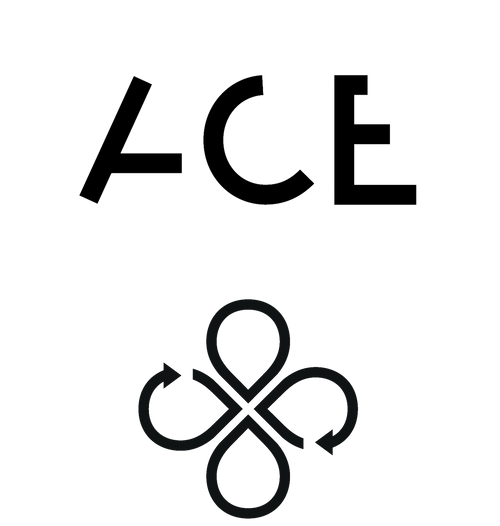From Waste to Fashion
Only 9% of the plastic produced worldwide is recycled. The rest ends up in landfills and oceans severely harming marine life and endangering our ecosystems. If nothing changes there will be more plastic than fish in the ocean by 2050.
As designers we are the bridge between production and consumption and we are responsible for the products we put out there.
This is why we collaborate with certified suppliers and source materials which can be either reused or recycled again. Our ultimate goal is to minimize the use of new resources, to avoid adding more waste and to close the loop of our process.
Healthy Seas collaboration
Lost and dumped fishing nets are the biggest plastic polluters in our oceans making up 10% of this waste. Each year they kill and injure millions of turtles, whales, dolphins, etc, and damage corals reefs.
We are proud to collaborate with HEALTHY SEAS, a non profit organization and their volunteer divers who are cleaning up the oceans from this marine litter. The fishing nets recovered by the Healthy Seas and suitable for recycling are recycled together with other nylon waste, such as fishing nets from aquaculture and fishing industry, carpet flooring and industrial plastic to make ECONYL® regenerated yarn.
Discover more about Healthy SeasInnovative recycling
Pre and post-consumer waste otherwise polluting the earth such as fishing nets, carpet flooring and industrial plastic is cleaned, shredded, compacted and transported to the regeneration plant of AQUAFIL in Ljubljana, Slovenia.
AQUAFIL is a pioneer Italian company providing sustainable materials for the textile industry. Through a sophisticated purification process, the nylon waste is recycled right back into its original purity.
ECONYL® Regenerated yarn
The ECONYL® Regeneration System is a unique process allowing brands like us to use recycled nylon waste material instead of depleting new resources from oil-based polluting nylon and to reduce our global warming impact of producing nylon by up to 90%.
This regenerated fiber is exactly the same as virgin nylon and has the potential to be recycled infinitely without ever losing its quality.
Premium Italian fabrics
The nylon yarns are processed into textile yarns and weaved into premium fabrics at our certified supplier in Italy. They make sure that neither toxic nor harmful substances are used during the dyeing and finishing process to avoid water pollution.
The factory has obtained the following certificates:
4sustainability Chemical Management Protocol Global Recycled Standard Certificate ZDHC – Zero Discharge of Hazardous Chemicals REACH Compliant
Made in Italy
Our bags are crafted by local skilled workers in San Mauro Pascoli in the province of Emilia-Romagna in Italy where many of the most luxurious French and Italian fashion brands are also producing.
The employees are covered by the standard EU legislations & the International Labour Org (ILO) concerning Fair Wages and Social Security Standards to ensure their safety and health, written working contracts and no discrimination treatment.
We collect your end-of-life bag
Repurposing post-consumer goods is one efficient way to commit to the circular fashion model.
Our bags are designed to last but when they have reached their end-of life, customers can return them to us. We will disassemble them and reuse or recycle the various components through our "Take Back Program".
How to return your bagWe give back to the planet
We are a proud member of the 1% For The Planet Organization.
Through this program, we donate 1% of our sales to the Healthy Seas Foundation to contribute to their ocean cleaning up and educational activities.
About 1% for the PlanetTackling changes for people and the planet
We are working hard to align our business model and processes with the 2030 United Nations Sustainable Development Goals. Our main engagement and efforts are focusing on:
Goal nº12: Responsible Consumption and Production - by embracing the circular fashion model and raising awareness.
Goal nº14: Life Below Water - by collaborating with Healthy Seas and contributing to ocean cleaning up activities.
